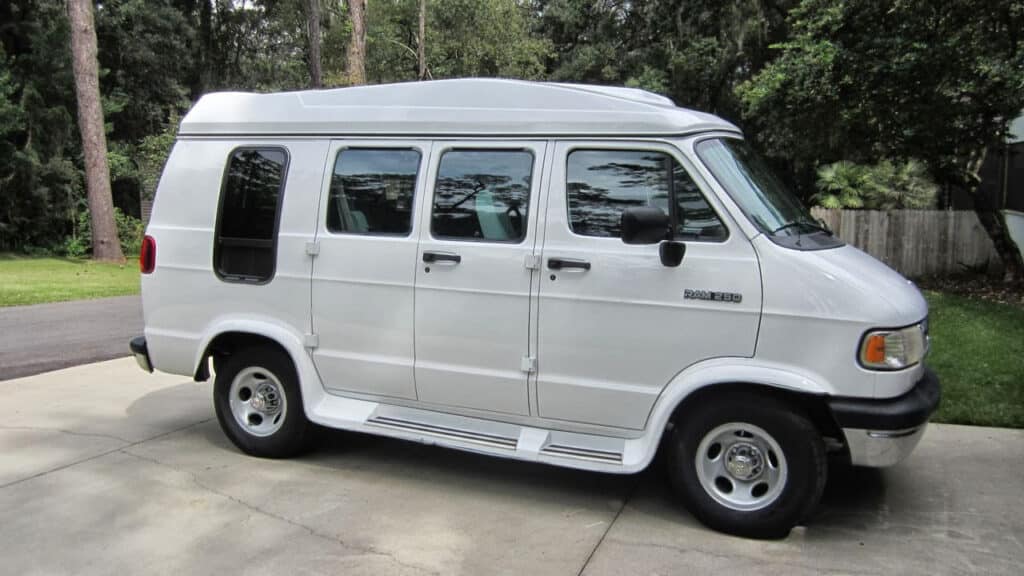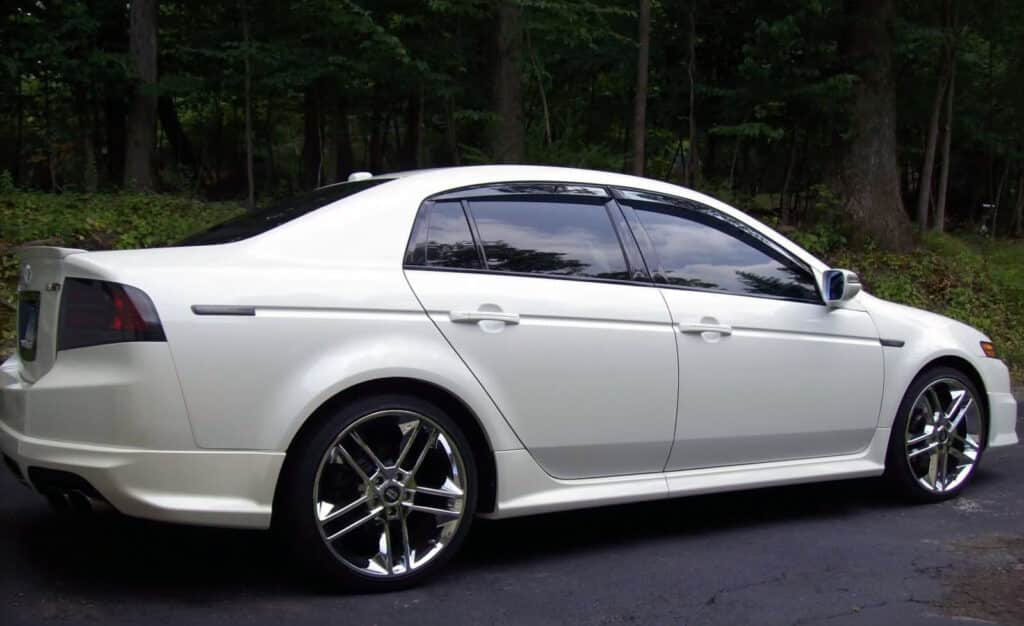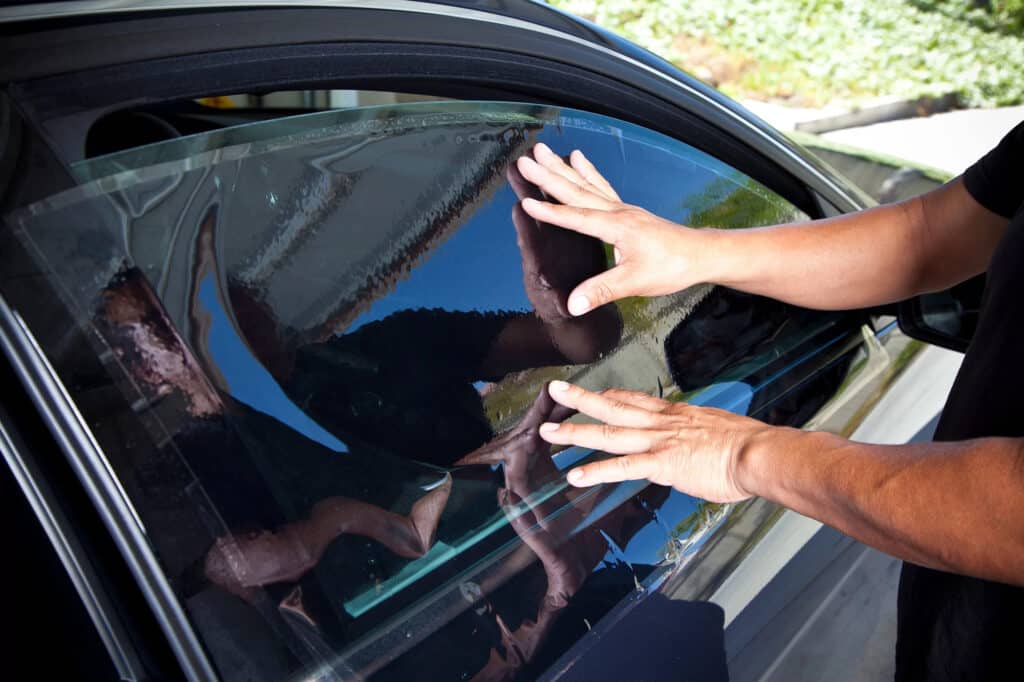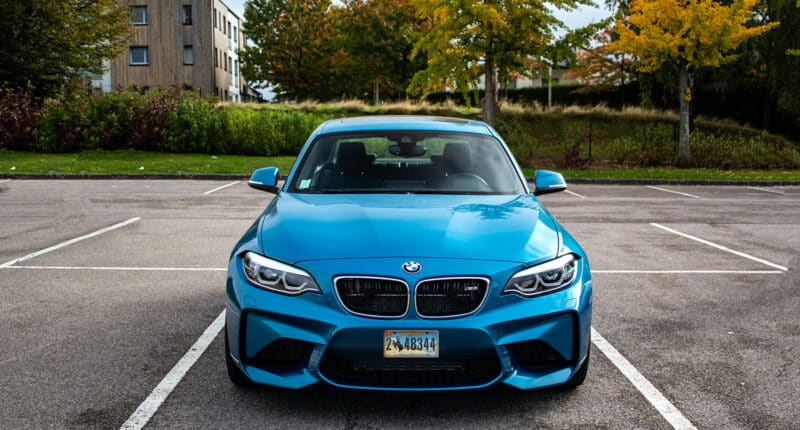All states have their own laws with regard to the legality of window tint and how dark it can be. The law also determines the acceptable amount of reflection.
Tint laws in Wyoming were established and enforced in 1996 and have certain provisions and regulations in place.
Read on to learn more about the legality of window tints in the state of Wyoming and how much darkness and reflection are permitted.
Is Window Tint Legal in Wyoming?

Window tint is legal in Wyoming. However, there are several rules that need to be followed, such as what kind of tint is legal and how dark and reflective it can be.
There are certain factors that help establish how much tint you can add to your vehicle. For instance, if you have a sedan, the tint rules and regulations are going to be different in comparison to SUVs or vans.
Other criteria include the kind of tint you want to apply and which color you can opt for. Windows and windshields can have different restrictions as well.
Permitted Window Tint Darkness

The amount of window tint that you can use and apply is calculated on the basis of the percentage of visible light that can pass through the film and the windows, as a result. This is referred to as Visible Light Transmission (VLT). If the VLT is high, this means that more light can pass through the window.
You can take a look at the legally permitted window tint darkness (in VLT) for different kinds of cars below.
Sedans
Windshield: Non-reflective tint is permitted only on the AS-1 line or the top 5 inches of the windshield.
Driver-side windows: 28% VLT is permitted, which means that at least 28% of the light should pass through the windows.
Passenger-side windows: 28% VLT is permitted.
Rear window: 28% VLT is permitted.
SUVs and Vans

Windshield: Non-reflective tint is permitted on the AS-1 line or the top 5 inches.
Driver-side windows: 28% VLT is permitted.
Passenger-side windows: There is no restriction on the VLT here.
Rear window: You can use any VLT level here as well.
Acceptable Tint Reflection
You can also choose to install tint film that reflects sunlight light to minimize the glare inside the cabin. This is different from tint darkness level which refers to the amount of light that can pass through.
Based on how much light the tint can reflect, there are certain limitations and regulations that the Wyoming law states.
Sedans

Windshield: The tint should not be reflective.
Driver-side windows: The tint can be reflective up to 20%.
Passenger-side windows: Up to 20% reflection is permitted.
Rear window: Up to 20% reflection is permitted.
SUVs and Vans
Windshield: The tint should not be reflective.
Driver-side windows: The tint can be reflective up to 20%.
Passenger-side windows: Up to 20% reflection is permitted.
Rear window: The tint can be reflective up to 20%.
Other Wyoming Tint Rules You Need to Know

Medical Exemptions: If you have certain medical conditions that require you to use window tint, you can be exempt from some of the associated rules.
Color: You cannot use red, amber, or yellow on the windshield but you can use any color on the rest of the windows.
Side Mirrors: You need two side mirrors if there are tinted windows behind the driver.
Certification: No certifications are required by the manufacturers.
Sticker: You do not need a sticker for your tints.
State of Wyoming Info

Wyoming is the 10th largest state in the U.S. but it’s also the least populous. The Rocky Mountains and the High Plains surround and constitute a major part of its terrain. The state sees several annual variations in the temperature in some parts, while the rest of it tends to be dry and semi-arid.
Population: 582,000
Capital: Cheyenne
Area: 97,814 sq mi
Registered vehicles: 208,062
Total lane miles: 62.620
Number of highways: 4
Tint law references: Wyoming Statutes Section 31-5-962

